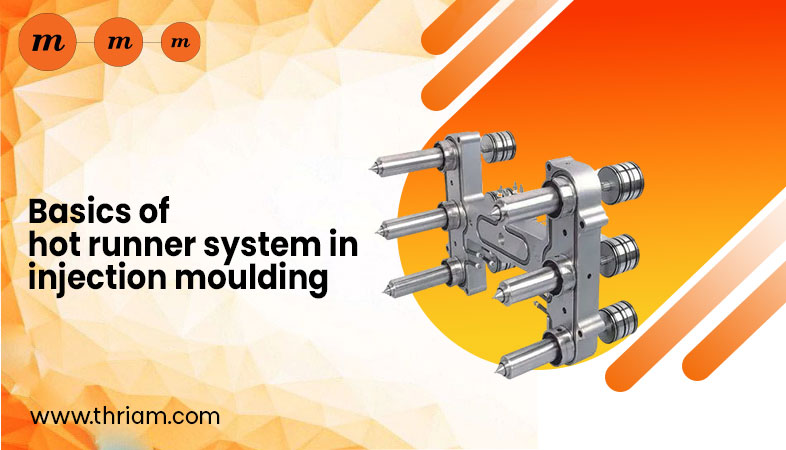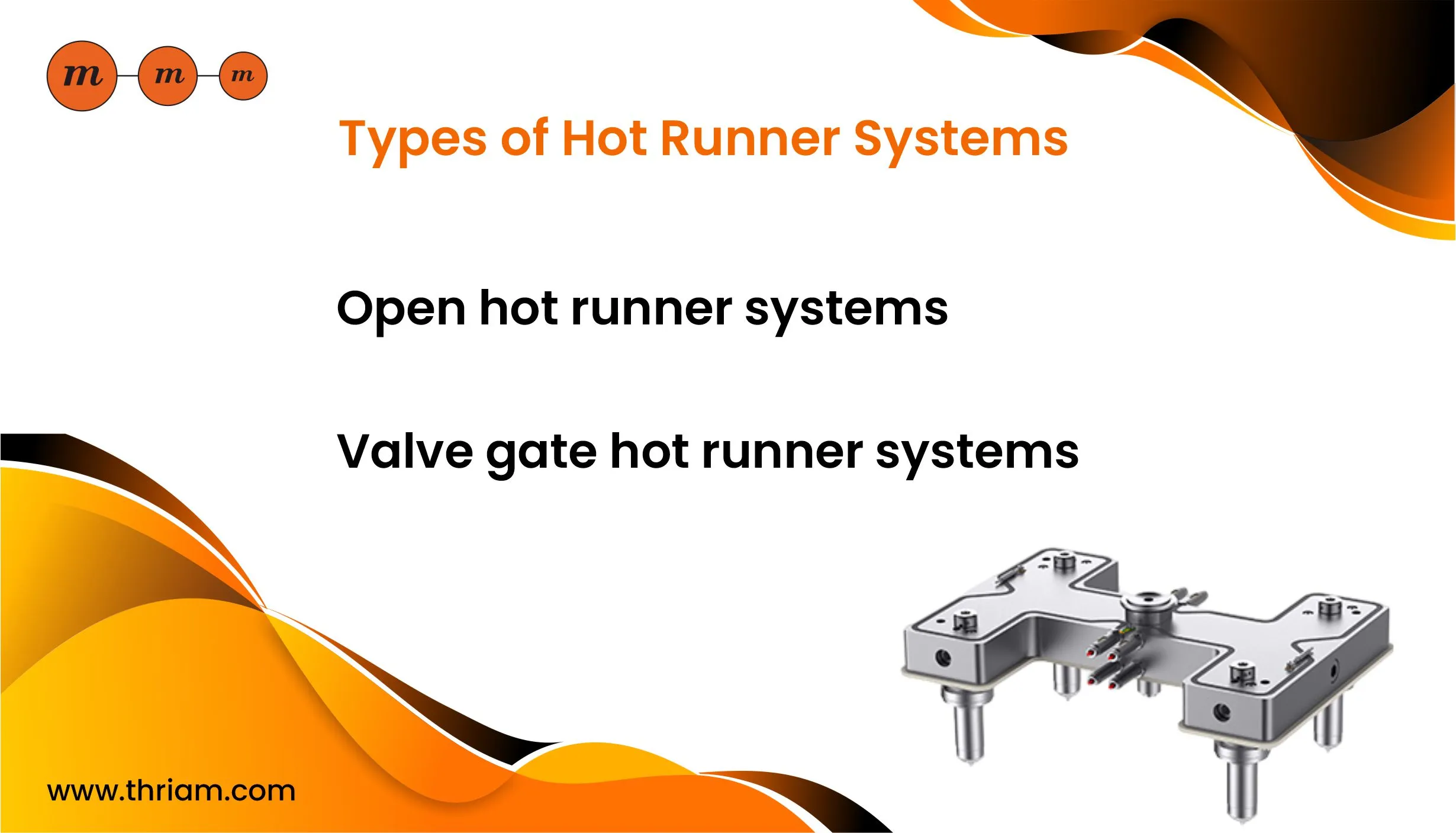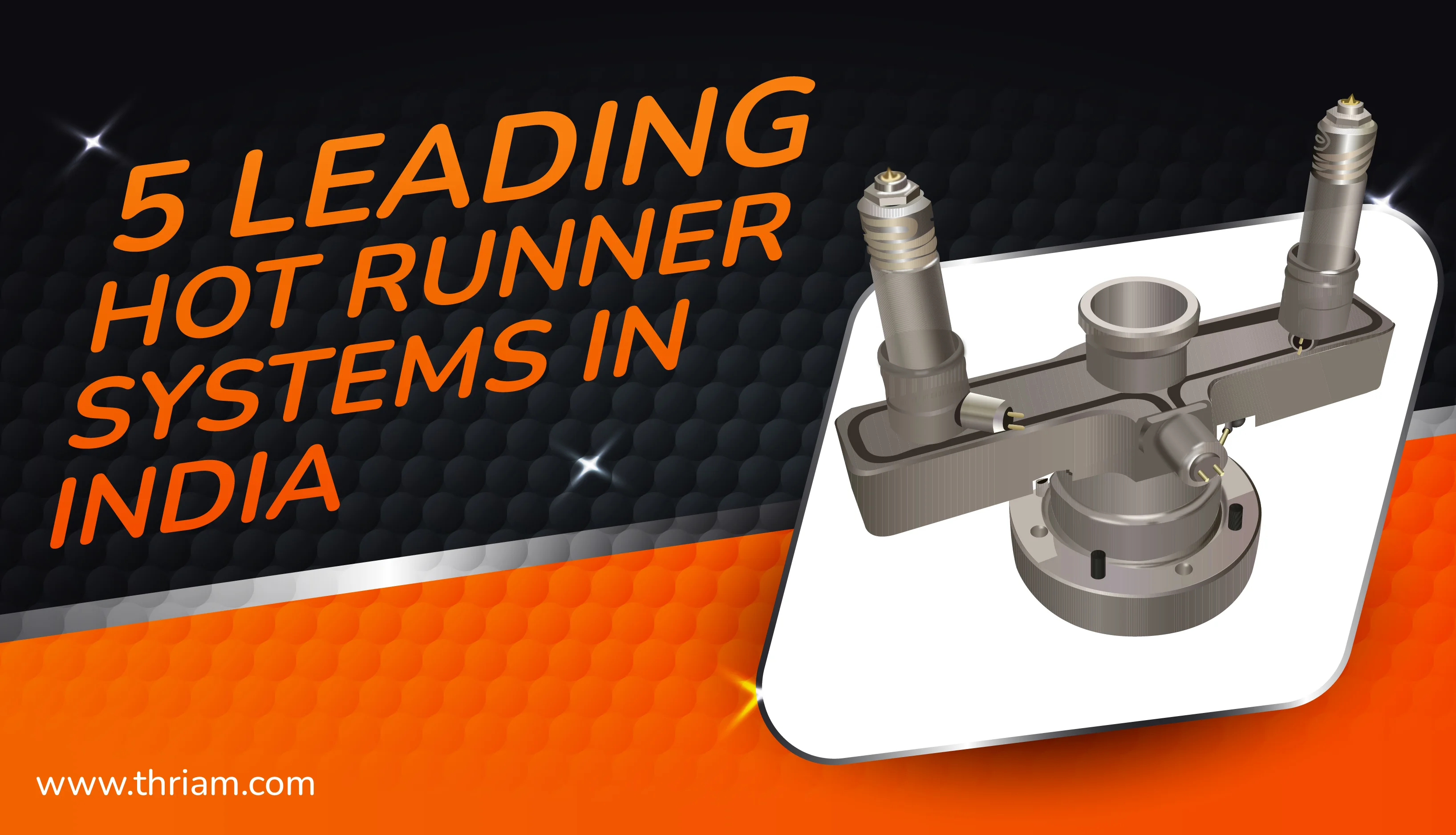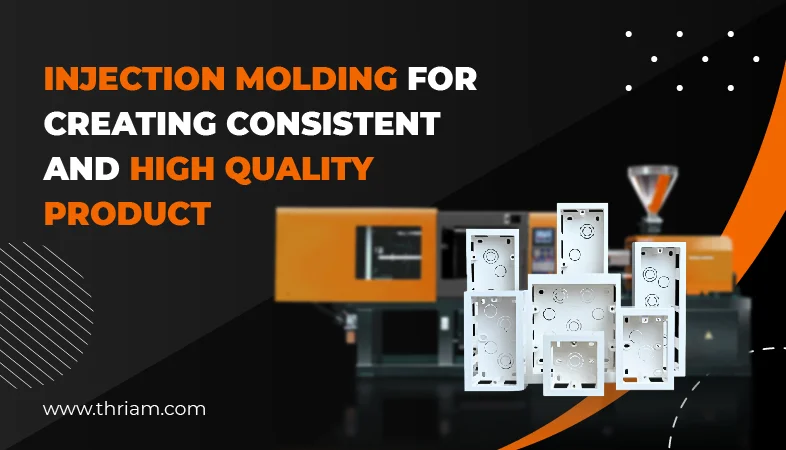A Comprehensive Guide to Hot Runner Systems: Enhancing Performance and Optimizing Operations

Introduction
In the realm of plastic injection moulding, hot runner systems play a pivotal role in ensuring streamlined and high-quality production. But what exactly are hot runner systems and why are they essential in moulding machines? Let's delve into the basics of hot runner systems and explore how they enhance efficiency, reduce waste, and improve part quality in the plastic moulding process.
Hot runner systems can be defined as a set of components that distribute molten plastic into a mould cavity in an injection moulding system. Unlike the traditional cold runner systems, where plastic material solidifies in the runners after injection, hot runner systems keep the plastic continuously molten, allowing for a more efficient and optimized process.
The key advantage of hot runner systems is the reduction in material waste. In cold runner systems, the plastic in the runners needs to be cooled, ejected, and reprocessed in each cycle, leading to significant material waste. With hot runner systems, these runners remain constantly open, eliminating the need for cooling and regrinding, resulting in substantial cost savings and environmental benefits.
Moreover, hot runner systems offer improved part quality and aesthetics. By maintaining a consistent temperature throughout the injection process, hot runner systems enable better control over the flow rate, pressure, and temperature of the plastic. This precise control ensures more uniform filling of mould cavities, reducing part defects, and enhancing the overall quality and appearance of the final product.
In addition to waste reduction and improved quality, hot runner systems also enhance production efficiency. The elimination of cooling and regrinding cycles in each moulding cycle dramatically reduces cycle times. This leads to increased productivity, shorter lead times, and higher output, thereby maximizing the efficiency of the moulding machine.
Now, let's explore the components that make up a hot runner system. The system consists of a manifold, nozzles, heaters, and thermocouples. The manifold acts as a distribution system, guiding the molten plastic from the injection unit to the various nozzles. The nozzles, on the other hand, inject the plastic into the mould cavities, controlling the flow rate and temperature. Heaters and thermocouples ensure precise and consistent temperature control within the hot runner system, which is crucial for maintaining optimal plastic melt quality.
When selecting a hot runner system, several factors should be considered. Material compatibility is essential since different plastics have varying processing requirements. Part design requirements, such as the complexity and geometry of the moulded part, also influence the choice of hot runner system. Production volume is another important consideration, as higher volume production may require more robust and extensive hot runner systems.
While hot runner systems offer numerous benefits, they can encounter issues that need to be addressed. Flow balance problems, gate vestiges, and drooling are some common issues that can affect part quality. Proper troubleshooting techniques, regular maintenance, and cleaning can help mitigate these problems and ensure the optimal performance of the hot runner system.
The Components of Hot Runner Systems
The hot runner system consists of several key components that work together to ensure the optimal flow and distribution of molten plastic.
A. Manifold:
The manifold acts as a distribution system, routing the molten plastic from the injection unit to the various nozzles. It is essential for achieving balanced filling in multi-cavity moulds. There are different types of manifold systems, including heated manifold and insulated runner systems.
B. Nozzles:
Nozzles are responsible for injecting the molten plastic into the mould cavities. They play a significant role in controlling the flow rate, temperature, and pressure of the plastic. Nozzles can vary in size, shape, and configuration depending on the specific requirements of the mould design.
C. Heaters and Thermocouples:
Heaters and thermocouples help maintain the optimal temperature within the hot runner system. Consistent temperature control is crucial for achieving uniform plastic melt quality and preventing issues like premature cooling or degradation.
Advantages of Hot Runner Systems
Hot runner systems offer several advantages over traditional cold runner systems:
A. Reduced material waste:
One of the main benefits of hot runner systems is the reduction in material waste. Since the plastic in the runners remains molten, there is no need for runners to be cooled, ejected, and reprocessed. This results in significant cost savings and improved environmental sustainability.
B. Improved part quality and aesthetics:
Hot runner systems enable better control over the melt flow, allowing for more precise and uniform filling of mould cavities. This results in improved part quality, reduced part defects, and better aesthetics.
C. Increased production efficiency:
By eliminating the need to cool and regrind the runners in each cycle, hot runner systems can significantly reduce cycle times, maximizing production efficiency and overall output.
Types of Hot Runner Systems
There are different types of hot runner systems available, each suited for specific applications. The two primary types are:

A. Open hot runner systems:
In open hot runner systems, the hot runners remain constantly open, and the plastic flows freely from the injection unit to the mould cavity. This type is ideal for simpler mould designs with fewer restrictions on runner layout.
B. Valve gate hot runner systems:
Valve gate hot runner systems use individual valve gates to control the flow of plastic into each cavity. These systems offer more precise control over the injection process, making them suitable for complex mould designs with multiple gating options.
Key Considerations when Selecting a Hot Runner System
Several factors should be considered when selecting a hot runner system for a specific moulding application:
A. Material compatibility:
Different plastic materials have varying processing requirements. It is essential to choose a hot runner system that can handle the specific material being used to ensure optimal performance and part quality.
B. Part design requirements:
The complexity and geometry of the moulded part play a significant role in determining the appropriate hot runner system. Factors such as the number of cavities, gating options, and part aesthetics should be considered when selecting the system.
C. Production volume:
The expected production volume should be taken into account when choosing a hot runner system. Higher volume production may require more extensive and durable systems to ensure efficient and reliable operation.
Troubleshooting Common Issues with Hot Runner Systems
Even with proper understanding and maintenance, hot runner systems can encounter issues. Here are some common problems and potential solutions:
A. Flow balance problems:
Variations in flow rate between cavities can result in inconsistent part quality. Troubleshooting techniques, such as adjusting temperature settings or nozzle sizes, can help achieve balanced flow distribution.
B. Gate vestiges and drooling:
Excessive material at the gate or drooling from the nozzle can affect part quality. Adjusting the nozzle and gate parameters or implementing gate sequencing can help resolve these issues.
C. Mold and runner maintenance tips:
Proper maintenance of hot runner systems is crucial for their longevity and optimal performance. Regular cleaning, inspection, and addressing any wear or damage can help prevent issues like clogged nozzles or leaks.
Best Practices for Operating Hot Runner Systems
To ensure the successful and efficient operation of hot runner systems, the following best practices should be followed:
A. Proper start-up and shutdown procedures:
Following the manufacturer's recommendations for system start-up and shutdown, including purging routines and temperature profiles, is essential to maintain system integrity and prevent damage.
B. Regular maintenance and cleaning:
Routine maintenance, including cleaning the nozzles, manifolds, and heaters, is crucial for preventing issues and ensuring the longevity of the hot runner system.
C. Training and education for operators:
Providing proper training to machine operators on the operation and maintenance of hot runner systems can help minimize errors and maximize productivity.
Conclusion
Understanding the basics of hot runner systems in moulding machines is essential for achieving optimal production efficiency, consistent part quality, and cost-effective manufacturing processes. By recognizing the components, advantages, types, selection considerations, troubleshooting techniques, and best practices, manufacturers can make informed decisions and optimize the performance of their hot runner systems.
Remember, hot runner systems are a complex and crucial aspect of moulding operations, and seeking guidance from experienced professionals or manufacturers can provide valuable insights for specific requirements and challenges.



